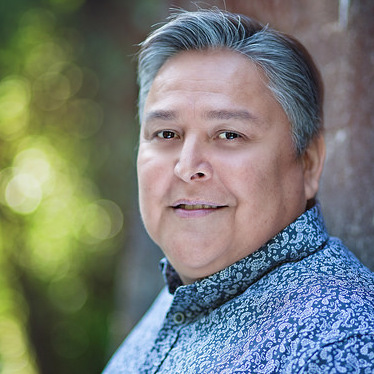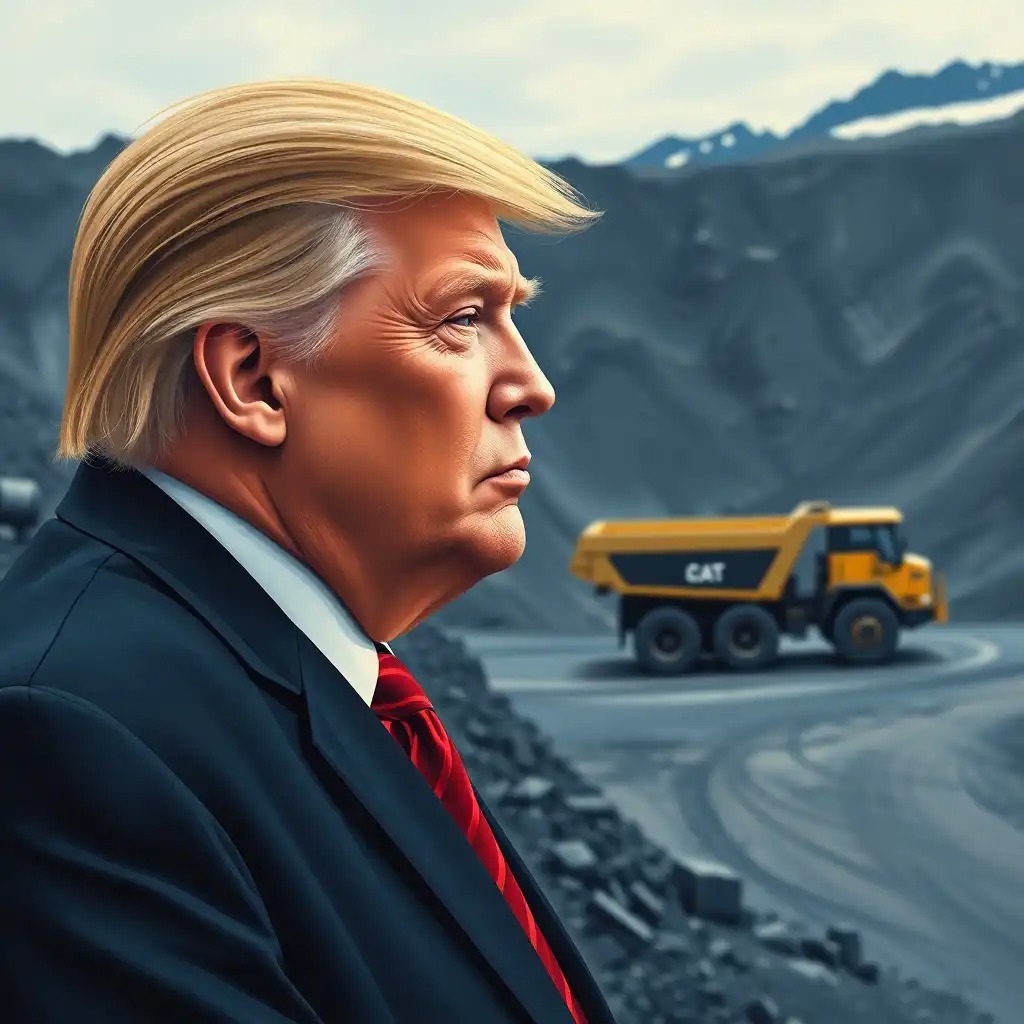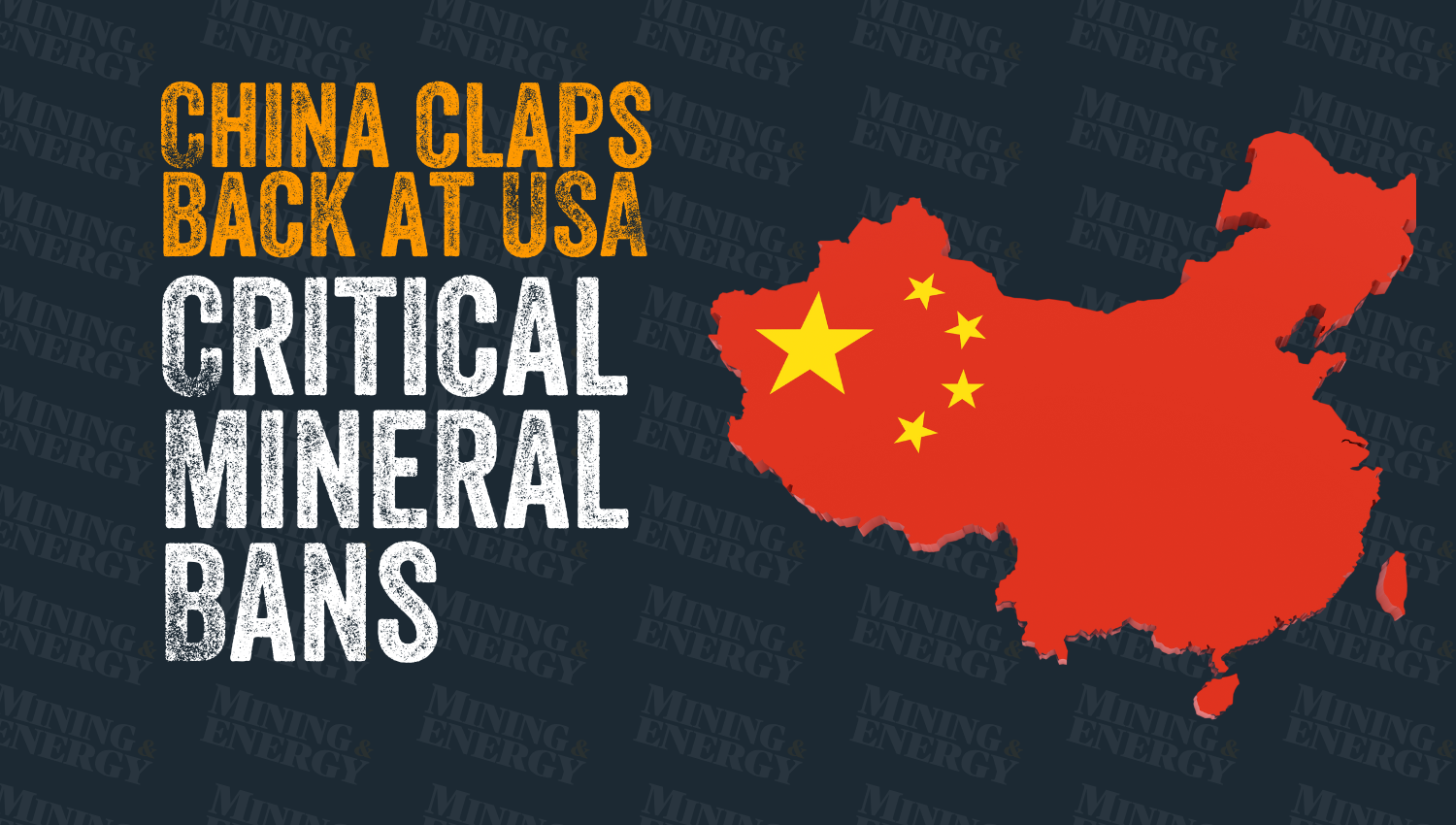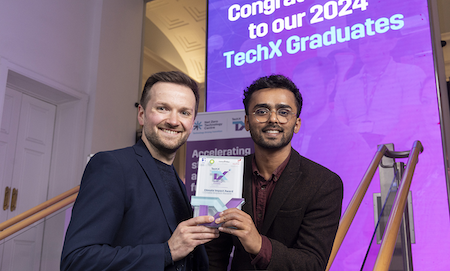Bob Joseph on resources, respect and relationships with Aboriginal Peoples

Bob Joseph is the founder and principal trainer at Indigenous Corporate Training. — Photo courtesy Indigenous Corporate Training The son of a hered
Bob Joseph is the founder and principal trainer at Indigenous Corporate Training. — Photo courtesy Indigenous Corporate Training
The son of a hereditary chief, Bob Joseph is a master trainer in indigenous and aboriginal relations. Over the past 20 years, his courses have helped governments and businesses build respectful working relationships with Aboriginal Peoples in Canada and around the world.
It takes more than an ore body and a couple of permits to build a mine today. Taking the necessary steps to build a respectful relationship with local aboriginal groups is a vital component of any new mining project. Bob Joseph, a trainer since 1994, founded Indigenous Corporate Training Inc. in 2002 to help indigenous and non-indigenous people develop these effective working relationships. Over the years he has lead over 1,500 workshops for government agencies, multi-national and international companies, small to medium-size businesses, consultants and entrepreneurs, and he has written a number of practical resources for working with Aboriginal Peoples.
Canadian Mining and Energy asked Joseph about working with Aboriginal People on resource projects.
Canada’s Indigenous Peoples have a long history of managing the natural resources around them. Tell us how this influences their traditional territories and the misconception that all Indigenous Peoples were nomadic.
There is a long history of Indigenous Peoples managing their natural resources. For example, at Head-Smashed-In Buffalo Jump, a World Heritage site in Alberta, they were harvesting on a large scale in a co-ordinated effort to provide enough food for their people. Another example is the fish-dependant First Nations of coastal British Columbia who were often situated at the mouth of a river or at strategic fishing places on a river, telling us that they literally lived in that one small place and fished for millennia. They valued the hunting and fishing sites and wouldn’t leave them as it was unnecessary to move around as nomadic peoples do.
Natural resource development is a divisive issue. Are Indigenous Peoples pro-development or pro-conservation?
I’m often asked this question in my workshops. My answer is, “It depends.” Two considerations come into play: belief structures and socio-economic conditions. Creation is an important belief when trying to determine if an indigenous community is pro-development or pro-conservation. From the point of view of creation, indigenous communities were given lands by the Creator. These lands were to be used and protected for the indigenous communities’ benefit and are required for their long-term cultural survival for the next 10,000 years and beyond. It is this ability for cultural and individual survival that indigenous communities use as their measure of sustainability in an ideal world and suggests a pro-conservation belief. Unfortunately, it is not an ideal world. A look at current socio-economic conditions in indigenous communities is the second consideration. Is there high or low unemployment? Are there high rates of suicide and violence because of a lack of economic opportunities? What health issues are affecting the community? If a community is wrestling with poor socio-economic conditions—and many, but not all, are—they may be more inclined to address short-term socio-economic issues through natural resource or other development. Put another way, the need to survive culturally in the short term can push indigenous communities to be more pro-development. It is not development at any cost though. Indigenous communities will still weigh their development decisions against long-term cultural survival.
What is the difference between consultation and engagement, particularly for mining and energy companies?
Legally, the Supreme Court of Canada has confirmed that government has a duty to consult but may delegate the administrative and procedural aspects of consultation to industry. Therefore, when industry works with Indigenous Peoples, it is considered engagement as only government has a duty to consult. Governments do rely on industry engagement to fulfil their duty to consult. Indigenous Peoples will see the two as synonymous because from their perspective, their goal is to make sure their rights are not infringed upon during the course of development and operations.
What are some practical strategies mining and energy companies can employ to work effectively with Indigenous Peoples, and where are the best places to find information before the all-important first meeting?
Do your research. The best places to find information is the community's website and any tribal or treaty council affiliations that they have. Try to find out what the tribal or treaty councils do for their members. Look at federal and provincial websites too, as those governing bodies frequently have guidelines for working with indigenous communities.
I would encourage some phoning around, especially to people who have worked with the community that you're contemplating work with. Try to talk to a broad cross-section of federal and provincial governments, consultants and community members, if possible, and get information about the community before you go in. The goal is to understand what is important to that particular community and what it is they want.
What are the top actions to consider when working with Indigenous Peoples?
- Don’t rely on government to create your economic certainty. Get involved in the engagement process early and do all the hard work before you trigger any regulatory process. If you show up with an Impact Benefit Agreement before the consultation begins, you have a really good chance at success.
- Don’t use legal principles to decide if you have helped the Crown fulfill its duty to consult with your engagement. Negotiate, don’t litigate.
- Don’t think that having just the community leader approval is enough. I have seen many examples where the community will step in and say “no” even though the political leaders have said “yes.” Remember, legally the rights are collectively held by a group of peoples and not small pockets of individuals. Ratification of the many must be a part of the process.
- Don’t go in under-resourced. Be prepared to build capacity on the community side by providing funds for them to hire lawyers and researchers for baseline data gathering. Whatever they need, help them. It will make things easier and speed things along.
Kylie Williams is a freelance science writer and corporate storyteller. After working for eight years on mineral exploration projects around the world, she traded in her field boots for a keyboard and now spends her days writing about the science and technology that make mineral exploration and mining more efficient and sustainable. Find her at resourceswriter.com or on Twitter @resourceswriter
Drilling down
NameRobert P.C. Joseph Must readsWorking Effectively with Aboriginal Peoples




